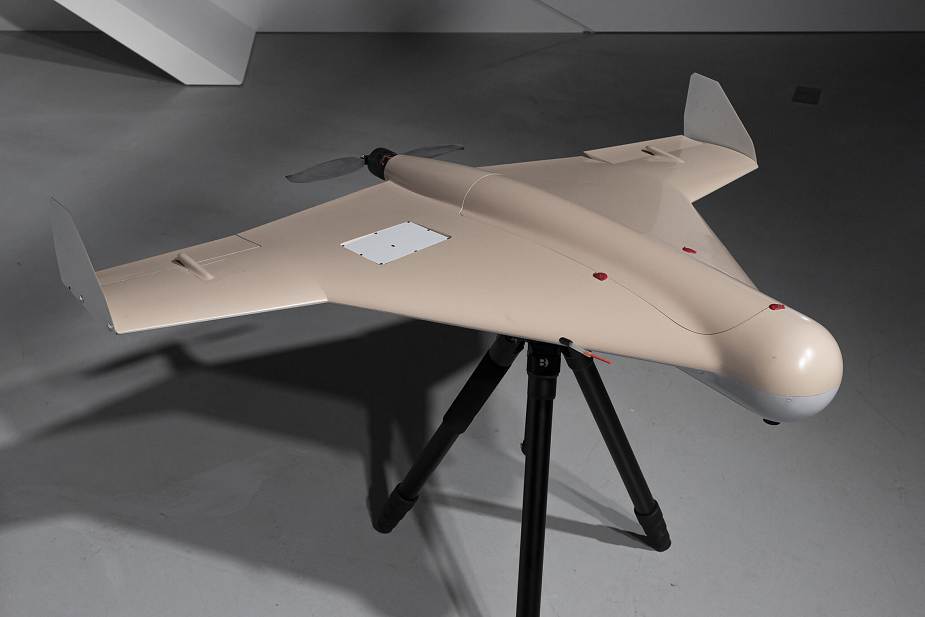Russia armed forces have tested in Syria serial production of kamikaze drones
According to information published by the Russian press agency TASS on April 14, 2022, Russia has launched batch production of its own kamikaze drones, which were tested in Syria, expert Nikolai Poroskov told the Independent Military Review.
Follow Army Recognition on Google News at this link

Russian-made loitering munition Lancet produced by ZALA Aero. (Picture source Air Recognition )
The Russian defense industry has designed several loitering munitions of late. Trials of ZALA Lancet and KUB-BLA kamikaze drones were completed in June 2019. They are produced by ZALA AERO Company of the Kalashnikov Group, Poroskov said.
ZALA AERO Chief Designer Alexander Zakharov said ZALA Lancet is an intellectual multi-role weapon that can independently find the assigned target and destroy it. “It has a television channel to transmit images in real-time and confirms successful target destruction,” he said adding the electronics of the drones are fully upgraded every three years.
ZALA AERO produces Lancet 1 and 3. The latter has X-shaped fins and a piston engine. It weighs 12 kg and carries a 3-kg payload to destroy light armor. The flight endurance is 40 minutes. Lancet-3 was tested in Syria and dozens of the drones destroyed buildings and vehicles there.
TASS reported in April 2021 that the kamikaze drone had destroyed a pickup with terrorist warlords of Hayat Tahrir al-Sham group (outlawed in Russia) and a machinegun position.
ZALA AERO also produces another loitering munition with good combat capabilities. “KUB-BLA is 950-mm long and has a 1.2-meter wingspan. It has an electric motor, an autopilot with satellite guidance, or an optical system,” Poroskov said.
The 3-kg explosive charge can destroy vehicles and troops. In March 2019, the kamikaze drone was displayed at the IDEX show in Abu Dhabi and caused major interest from foreign customers.
Designers said KUB-BLA is a precision weapon that is launched by a catapult in field conditions. It can destroy armor by diving at it from the upper hemisphere. The Kalashnikov Group said in February 2022 it planned to promote the drone in the international market together with Rosoboronexport arms trader. In November 2021, TASS reported tests of a seaborne KUB-BLA.

KUB-BLA kamikaze drone. (Image source: Калашников)
“Loitering munitions can complement other ground-based and airborne weapons and thus create a full-fledged multi-component arms system with broad capabilities,” Poroskov said. He believes Lancet can provide the so-called “air mining” regime when a swarm of kamikaze drones loiters over the battlefield. The drones search for hostile helicopters and unmanned aerial vehicles and attack them when a corresponding command comes.
Poroskov believes a swarm of drones can unite into a network, exchange data between themselves and the operator, fly in a formation, search for and identify targets. “A swarm of drones can attack ground or sea targets,” he said.




























